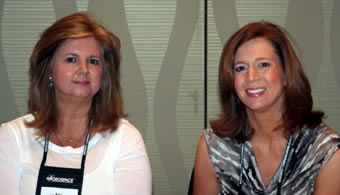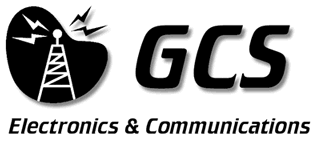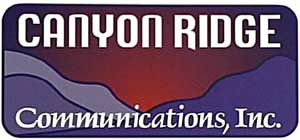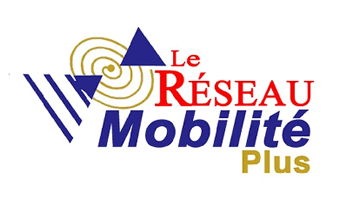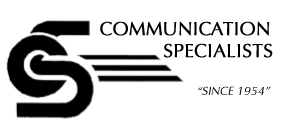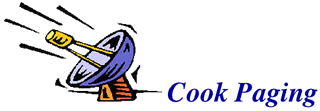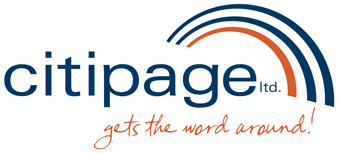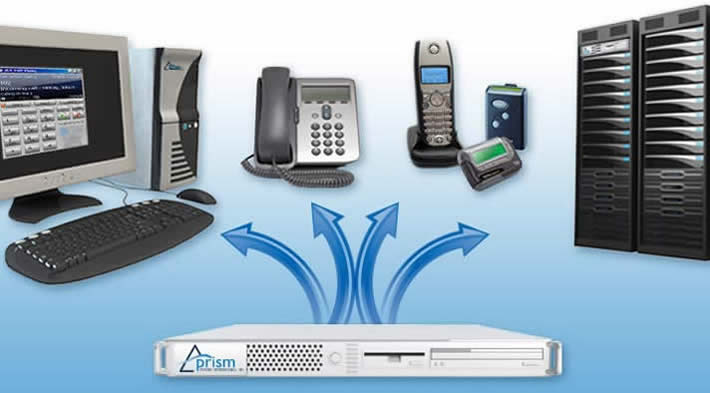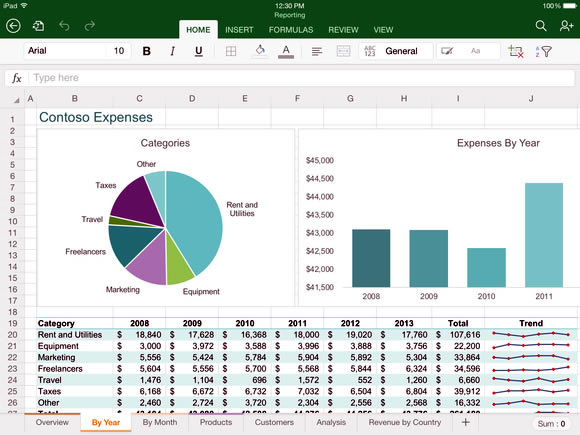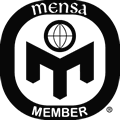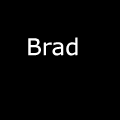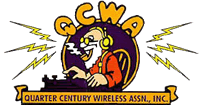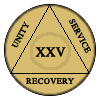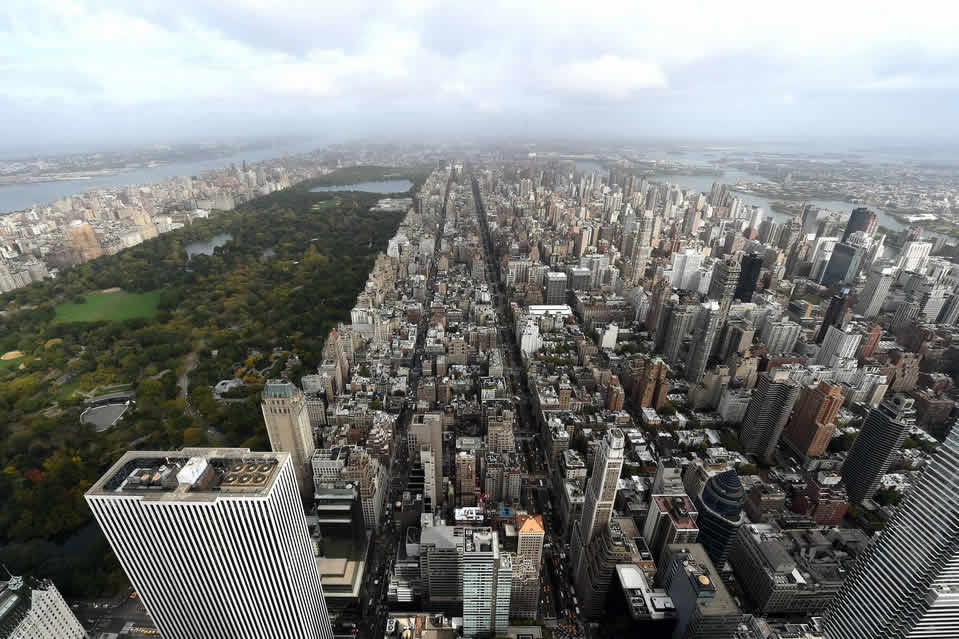Selected portions of the BloostonLaw Telecom Update, and/or the BloostonLaw Private Users Update — newsletters from the Law Offices of Blooston, Mordkofsky, Dickens, Duffy & Prendergast, LLP are reproduced in this section with the firm's permission. 
| BloostonLaw Telecom Update | Vol. 17, No. 44 | November 5, 2014 |

FCC Form 477 Filing Interface to Remain Closed Until at Least November 10On October 28, the Wireline Competition Bureau issued a Public Notice announcing that the FCC 477 Form filing interface website is expected to remain closed until at least November 10, 2014, due to the continuing implementation of technical improvements to the site. After the site re-opens, the Bureau will release a Public Notice announcing the new filing deadline for Form 477 data as of June 30, 2014, which will be no less than 14 days after the release of that Public Notice. This means that the FCC Form 477 filing could be due as early as November 24, 2014. Headlines 
FCC Adopts Methodology for Calculating Comparable Broadband RatesOn October 29, the FCC’s Wireline Competition Bureau issued a Report and Order adopting a methodology for calculating reasonable comparability benchmarks for fixed broadband services. Although the Bureau adopted an interim presumption for comparable rates to use in the Connect America Phase II challenge process, it will take into account the 2014 “illustrative” rates ($57.20 for 4/1 with 100GB of usage and $74.31 for 4/1 with unlimited usage) produced by the methodology when considering the challenges and responses. They will also be applicable to winners of the Rural Broadband Experiments auction. Specifically, the Bureau adopted a weighted linear regression to estimate the mean rate for a specific set of service characteristics and then to add two standard deviations to this mean to determine the benchmark for services meeting those defined service characteristics. Data from the annual urban rate survey will be used to calculate an annual comparable rate with the new methodology. The Bureau also adopted the proposal of NTCA, WTA, Eastern Rural Telecom Association, and the National Exchange Carrier Association, to use a broader sample of observations than originally planned, ranging in download speeds from 2 to 40 Mbps. The Bureau will also calculate separate standard deviations for service offerings in the vicinity of 4/1 Mbps using observations where the download speed ranged from 2 up to 8 Mbps, and for services that exceed 8 Mbps downstream using observations with download speeds from 8 to 25 Mbps. The reason for calculating two separate standard deviations is to account for the Rural Associations’ assertion that such services are different products. The Bureau plans to announce the 2015 reasonable comparability benchmarks for fixed broadband services when it completes its analysis of the data collected in the 2015 annual urban rate survey. The Bureau also waived implementation of the reasonable comparability benchmarks for Alaska carriers for 2015 to allow further time to determine whether an alternative methodology should be adopted for Alaska. NTCA Ex Parte Proposes Alternative for Calculating High-Cost Support DistributionsIn an ex parte meeting with Commissioner Pai’s Legal Advisor on October 28, 2014, NTCA-The Rural Broadband Association (NTCA) proposed an alternative approach to the FCC’s recent proposal to freeze the National Average Cost Per Loop for High Cost Loop Support (HCLS) and apply a percentage ratio reduction to each carrier’s anticipated support to fit total support within the capped HCLS mechanism. NTCA indicated it is concerned that proposal may have “unintended impacts on the ability of relatively higher-cost companies to continue providing universal service.” Instead, NTCA proposed that the Commission apply half of the reductions on a per-line basis and half of the reductions on a percentage basis, rather than entirely on a percentage basis. According to NTCA, this approach would “achieve the effects that the FCC desired in making its proposal with respect to setting specific incentives and creating certain impacts within the HCLS mechanism, but it would attempt to mitigate the substantial adverse effects on relatively higher-cost companies.” A copy of the notice of ex parte for the presentation can be found here. Verizon Says it has No Plans for Paid PrioritizationOver the past week, Verizon and Senator Patrick Leahy, Chairman of the Committee on the Judiciary, have exchanged letters concerning net neutrality and the concept of “paid-prioritization agreements” in which Internet websites could be charged for priority access over the Internet. In his letter, Sen. Leahy took the position that paid-prioritization agreements could “pose a significant threat of dividing the Internet into those who can afford to compete and those who cannot” thereby “destroying everything that has made [the Internet] one of the greatest innovations in human history.” In response to Sen. Leahy’s concerns, Verizon has publicly assured Sen Leahy that it is committed to an open Internet. In particular, Verizon reaffirmed its commitment that it “has no plans to engage in paid prioritization of Internet traffic.” Verizon continued that it believes that “the FCC has the authority under Section 706 of the 1996 Act to presumptively prohibit those forms of paid prioritization the Commission determines are likely to harm competition or consumers.” Verizon’s position is consistent with the other major broadband providers and their trade association. Verizon believes that the cries concerning “fast lanes” and “paid prioritization” from those advocating greater regulation of the Internet are “demagoguery” since none of the major Internet Service Providers have expressed an interest in paid prioritization. Verizon believes that the push for greater regulation is to protect self-serving policies rather than the protection of consumers. Chairman Calls for Revisions to Access Rules for MVPDs on the InternetOn October 28, Chairman Tom Wheeler posted an entry on the FCC’s official blog calling for the FCC to “start a rulemaking proceeding in which we would modernize our interpretation of the term “multichannel video programming distributor” (MVPD) so that it is technology-neutral.” The end result, says the Chairman, will be to give MVPDs that use the Internet the same access to programming owned by cable operators and the same ability to negotiate to carry broadcast TV stations that satellite systems currently enjoy. “Taking advantage of this rule, new over-the-top video providers may offer smaller or specialized packages of video programming, so consumers will be able to mix-and-match to suit their tastes … And perhaps consumers will not be forced to pay for channels they never watch.” The Chairman also hopes that the rule change will further promote broadband deployment by allowing service providers to connect customers with a wide array of over-the-top video packages. At the time of this writing, the FCC has not yet released an official document on the proposal. Law & Regulation 
Comment Deadline Corrected for Incentive Auction Reconsideration PetitionsOn November 5, the FCC released a Public Notice correcting the pleading cycle for oppositions and replies to petitions for reconsideration of its Incentive Auction Report and Order. The correct deadline for oppositions is November 12, 2014, and the correct deadline for replies to oppositions is November 24, 2014. According to the Public Notice, when the Public Notice announcing the petitions for reconsideration was published in the Federal Register on October 27, it listed the deadline for replies incorrectly. Pursuant to the Commission’s rules, the opposition deadline for this petition is 15 days after publication in the Federal Register, and the reply deadline is 10 days after the opposition deadline. Despite the incorrect publication, the date of publication remains October 27, producing the deadlines noted above. FCC Issues Tentative Agenda for November 21 Open MeetingThe FCC has announced that the following items will tentatively be on the agenda for the next open meeting, which is currently scheduled for Friday, November 21, 2014: - Modernizing Contest Rules: The Commission will consider a Notice of Proposed Rulemaking to provide broadcasters greater flexibility in their disclosure of contest terms.
- Emerging Wireline Networks and Services: The Commission will consider a Notice of Proposed Rulemaking, Declaratory Ruling, and Order to facilitate the transition to next generation networks by promoting and preserving the Commission’s public safety, consumer protection, and competition goals.
- 911 Governance and Accountability: The Commission will consider a Policy Statement and Notice of Proposed Rulemaking regarding its approach to 911 governance and proposing mechanisms to ensure continued accountability for reliable 911 services as technologies evolve.
The Open Meeting is scheduled to commence at 10:30 a.m., and will be webcast live at www.fcc.gov/live. FCC Releases 2015 E-rate Eligible Services ListOn October 28, the FCC’s Wireline Competition Bureau released the eligible services list (ESL) for funding year 2015 for the schools and libraries universal service support program (more commonly referred to as the E-rate program) and authorizes the Universal Service Administrative Company (USAC) to open the annual application filing window no earlier than December 29, 2014. The ESL specifies the services and products that are eligible for E-rate discounts. In this Order, the Bureau adopts the proposals made in the ESL Public Notice of August, with certain modifications. The primary revision is the exclusion of the following services from eligibility: Category One (formerly Priority One) - 900/976 call blocking
- custom calling services
- direct inward dialing
- directory assistance charges
- e-mail
- inside wire maintenance plans
- paging
- text messaging
- voice mail
- web hosting
Category Two (formerly Priority Two) - Circuit Cards/Components
- Data Protection (all except for firewall and uninterruptible power supply/battery back-up)
- Interfaces, Gateways, Antennas (other than as specified in this Order)
- Servers (other than servers necessary for caching)
- Software (other than the software that supports eligible broadband internal connections)
- Storage Devices
- Telephone Components
- Video Components
- Voice/video IP components (that had been listed in the Data Distribution entry)
Other changes include renaming the Priority One section as Category One and the Priority Two section as Category Two; clarifying that multi-protocol label switching is eligible for Category One E-rate support; and removing certain language pertaining to distance learning and video conferencing because it provided an example of an eligible educational purpose rather than identifying an eligible service itself (without altering the status of telecommunications transmission and Internet access used for distance learning and video conferencing as eligible for support); moving managed internal broadband services to Category Two; adopting a definition of caching for funding year 2015; and clarifying that antennas and installation equipment that is provided separately, and may be in a separate contract or bid, from the equipment itself, are both eligible. Industry 
Verizon Rejects Throttling/Blocking Allegations While Reportedly Testing Bundled Subscription PlanIn an ex parte letter filed last week in the FCC’s open Internet docket, Verizon last week responded to allegations that it was involved in throttling of Netflix Internet traffic and blocking of email encryption. Separately, industry sources report that Netflix and Verizon, who have been engaged in a bitter dispute over alleged buffered video streams, are said to be quietly testing a bundled subscription plan. The throttling and blocking allegations were raised in comments filed with the FCC by Golden Frog, a provider of virtual private network (VPN) services. Golden Frog claimed that one of its encrypted VPN customers was able to prove that his Netflix traffic was being throttled on Verizon’s FiOS service when a test performed on his 75 Mbps service showed this connection increased ten-fold as a result of the encrypted VPN routing. As a result, Golden Frog concluded that “Internet access providers are ‘mismanaging’ their networks to their own users’ detriment.” Golden Frog also claimed that an unnamed wireless broadband Internet access provider was “interfering with its users’ ability to encrypt their SMTP email traffic,” and urged the Commission to “establish effective rules that prevent this type of behavior.” Verizon characterized Golden Frog’s throttling claims as “inaccurate and misleading,” and cited to a MIT report which found that congestion was not a widespread problem among U.S. Internet providers, and when it did occur, it was often resulting from “decisions by content providers [such as Netflix] as to how to route content.” As to the encryption-blocking claim, Verizon said that without more detail, it would be difficult to know what may have caused the results that Golden Frog claims to have observed. Verizon rejected Green Frog’s accusations forcefully, saying “we can confirm that Verizon does not have a policy or practice of blocking end users’ chosen encryption. Period.” Separate industry reports suggest that relations between Netflix and Verizon, which resulted in the companies hammering out a peering deal and Netflix reluctantly paying additional fees to the ISP, may be improving. HomeMedia Magazine is reporting that the rivals are quietly testing a bundled subscription plan which could mark the first time a major multichannel video program distributor in the U.S. offers direct and free access to an over-the-top video competitor. In this regard, Verizon is said to be offering new FiOS triple-play customers in New York a free year of Netflix (valued at $108) with their subscription. If successful, the promotion could be good news for other over-the-top video services, such as Amazon Prime Instant Video and Hulu Plus, in their drive to retain and acquire new video subscribers. Calendar At-a-Glance 
October
Oct. 1 – FCC Form 477 due (Local Competition and Broadband Reporting).* November
Nov. 7 – Deadline for Rural Broadband Experiments Applications (6 p.m. EST).
Nov. 7 – Nominations and statements of interest for PSAP Architecture Task Force are due.
Nov. 10 – Auction 97 Mock Auction.
Nov. 10 – Responses to CAF Phase II Challenges are due.
Nov. 10 – Reply comments are due on the Healthcare Connect Fund Public Notice.
Nov. 10 – Comments on electronic delivery of license authorizations and ASR registrations are due.
Nov. 12 – Deadline for oppositions to Incentive Auction Petitions for Reconsideration.
Nov. 13 – Auction 97 begins.
Nov. 14 – Comments are due on USDA Notice on Changes to Guaranteed Loan Program Regulations.
Nov. 14 – Comments are due on Part 32 Accounting Rules NPRM.
Nov. 21 – Commission Open Meeting.
Nov. 24 – Deadline for replies to oppositions to Incentive Auction Petitions for Reconsideration. December
Dec. 1 – Deadline to Increase Residential Rate Floor to $16.
Dec. 15 – Deadline for Special Access Data Collection.
Dec. 15 – Reply comments are due on Part 32 Accounting Rules NPRM.
Dec. 17 – Comments are due on Part 22 Technical Changes. January
Jan. 19 – Reply comments on Part 22 Technical Changes are due. * This deadline has been suspended indefinitely. A new deadline has not been set at this time. | 













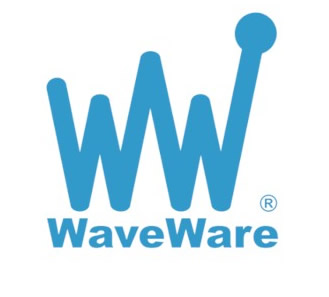



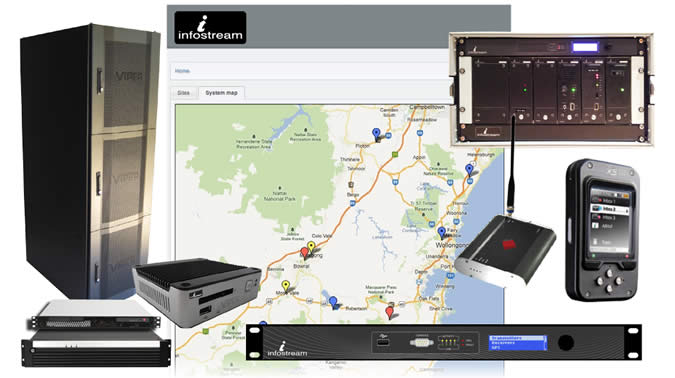

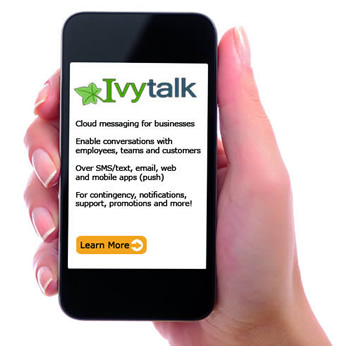




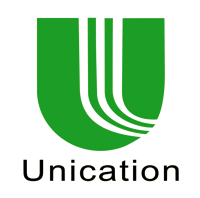





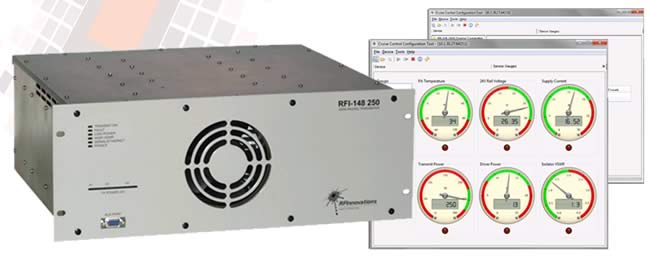







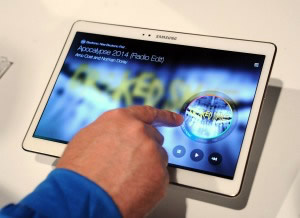

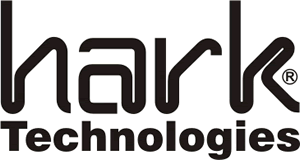
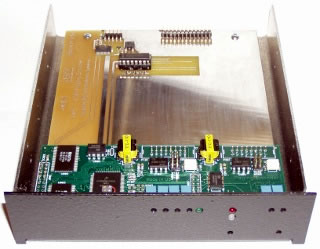
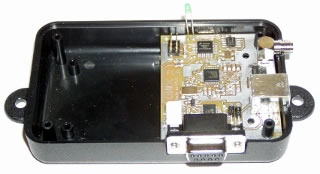
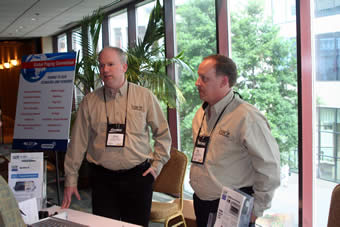 David George and Bill Noyes
David George and Bill Noyes


